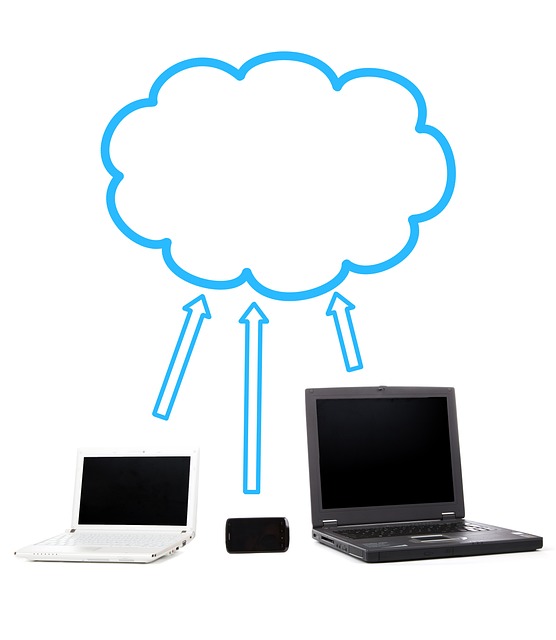How To Share Large Files via Email
Secure file sharing is key in today’s digital age. Yet, sending big files via email can be tough. Most email services, like Gmail and Outlook, have strict limits on attachments.
Cloud storage services like Google Drive, Dropbox, and OneDrive are great for overcoming these issues. They help you share files more easily and securely. Specialized transfer tools like WeTransfer and MyAirBridge also offer easy solutions. WeTransfer lets you send files up to 2 GB without needing an account. It’s a top choice for quick, easy, and free file sharing.
Also, using tools like 7-Zip and WinZip to compress files can make them much smaller. This is good for sending big files via email, but you might lose a bit of quality.
Do you want to dive deeper into optimizing your file-sharing practices? Keep reading to explore more tips and tools that can enhance your digital workflow.

Understanding Email Size Limits
Email is a popular way to share files, but knowing about email size limits is key. Each email service has its own rules on how big attachments can be. For example, Gmail lets you send files up to 25 MB, but it’s really about 12.5 MB after encoding. Outlook and Yahoo also have limits, at 20 MB and 25 MB, respectively.
Here are the specific attachment size limits for various email services:
- Gmail: 25 MB
- Outlook: 20 MB
- Yahoo: 25 MB
- Mail.com: 50 MB per email, 10 MB per file
- Zoho: 12 MB per email, 10 MB per file
- AOL: 25 MB
Understanding these limits is important for successfully sending large files via email.

Why Email Providers Impose Limits
Email services set size limits to speed up emails and save space on their servers. Gmail, Outlook, and iCloud do this to keep their systems running smoothly. These limits help manage server load and speed up emails, improving the user experience.
When you need to share big files, you might use FTP transfers or cloud services like Google Drive and Dropbox. These options let you send large files without hitting email size limits. This makes sharing files easier and more efficient.
Using Cloud Storage Services
Cloud storage services make it easy to share big files. They help when email limits get in the way. You can upload your files and share links instead of attachments. Dropbox, Google Drive, and OneDrive are popular choices with different plans for everyone’s needs.
Google Drive gives you 15GB free and plans up to 2TB. Dropbox starts with 2GB free and goes up to 15TB. OneDrive, linked with Microsoft Office, offers 5GB free and more with subscriptions.
How To Share Files via Cloud Links
Sharing files through cloud links is easy. Upload your files to your cloud service and create a shareable link. Then, put that link in an email so others can access the files without worrying about size.
File transfer services like these make sharing big files simple and fast.
Security and Privacy Considerations
Security and privacy are key when sharing files in the cloud. Tools like password protection and tracking downloads keep files safe. These features make sure only the right people get to see your files.
By considering these things and using cloud storage’s many features, businesses can share files better and safer and avoid email attachment problems.
File Compression and Zipping
Sharing large files via email can be challenging due to size limits. File compression helps by reducing the file size, allowing you to stay within these limits. Tools like 7-Zip and WinZip are excellent for compressing files effectively.
Compressing files combines them into a single archive with a .zip extension, making them smaller and easier to manage.
Here are some useful tools for file compression:
- 7-Zip: Free and open-source, supports various archive formats, and provides strong compression ratios.
- WinZip: Paid option with advanced features such as cloud service integration, enhanced security, and a user-friendly interface.
- NXPowerLite: Specializes in compressing documents and images, keeping files small while maintaining quality.
- Handbrake: Ideal for video compression, making video files smaller without significant loss of quality.
These tools ensure your files remain manageable and intact after decompression.
Steps To Compress Files on Different Operating Systems
Compressing files is straightforward on different systems. Follow these steps to create a .zip archive:
For Windows:
- Right-click on the files or folders you want to compress.
- Select “Send to.”
- Choose “Compressed (zipped) folder.”
For Mac:
- Select the files or folders you want to compress.
- Right-click (or Control-click).
- Choose “Compress [filename]” to create a .zip archive.
If your zipped files are still too large for email, consider using cloud storage or transfer tools:
- Cloud Storage Services: Use platforms like Dropbox, OneDrive, or Google Drive. Upload your zipped files and share links instead of attachments to bypass size limits.
- File Transfer Services: For very large files, use services like WeTransfer or TransferXL. WeTransfer allows you to send up to 2 GB for free, while TransferXL supports up to 5 GB, making it easy and convenient to send substantial files.
Using Transfer Tools
Instead of cloud storage or file compression, you can use tools like WeTransfer, Send Anywhere, and DropSend to send big files. These tools handle files that are too large for email attachments. They make sending files easy with secure and user-friendly interfaces. You don’t need to create an account to send or download files.
- WeTransfer: This service allows you to send files up to 2GB for free with ease. For larger files, WeTransfer Pro supports up to 20GB and offers additional features like password protection and customizable link expiration.
- Send Anywhere: This tool is ideal for sharing files of any size with security across devices and platforms. The free version meets basic needs, while the premium version offers additional features like enhanced storage and file management.
- DropSend: Designed for professionals, DropSend lets you send files up to 8GB for free. It offers top-level encryption and options to set file expiration or restrict access, making it perfect for sending large files like videos or graphics securely.
Each tool — WeTransfer, Send Anywhere, and DropSend — has unique advantages. While their free versions are suitable for most users, the premium options offer additional features and security enhancements. These tools provide reliable, secure methods for sending large files, whether for personal or professional use.
Conclusion: Experience Effortless Media Sharing With DivShare!
Sharing large files via email is manageable with the right tools and strategies. Whether you use cloud storage services like Google Drive, file compression tools like 7-Zip, or specialized transfer services like WeTransfer, there are secure and efficient ways to overcome email attachment limits. Choose the method that best fits your needs to streamline your file-sharing process.
Sharing large files shouldn’t be a challenge. With DivShare, you can simplify your media hosting and distribution process. Our platform is perfect for professionals and individuals alike, offering a seamless and secure way to manage your files. Ready to make file sharing easier and more efficient? Sign up for DivShare today and see how our platform can meet your needs!